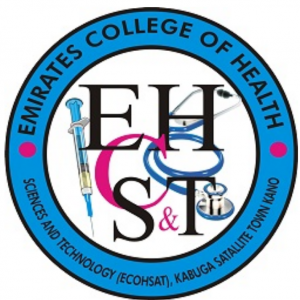Agric Keypoints: Crop improvement; Crop improvement is a crucial aspect of modern agriculture aimed at enhancing the quality and quantity of agricultural produce. It involves the deliberate manipulation of plant genetics to develop crops that exhibit improved traits such as higher yield, disease resistance, nutritional value, and adaptability to changing environmental conditions.
Study other Agric keypoints here for JAMB, WAEC, IJMB
This article delves into various methods of crop improvement, including introduction, selection, crossing, and quarantine, while also addressing the reasons behind the necessity of crop improvement.
Agric Keypoints: Crop improvement
Reasons for Crop Improvement:
Crop improvement is driven by several reasons that highlight the importance of enhancing agricultural productivity:
- Increased Yield: The global population is continually growing, placing greater demands on food production. Crop improvement focuses on increasing yield potential to ensure a stable food supply.
- Disease and Pest Resistance: Pathogens and pests pose a significant threat to crop productivity. Developing crops with enhanced resistance to diseases and pests reduces the need for chemical interventions and safeguards agricultural output.
- Environmental Adaptation: Changing climatic conditions necessitate crops that can thrive under varying circumstances, such as drought, salinity, or temperature fluctuations. Crop improvement addresses this need by creating resilient plant varieties.
- Nutritional Enhancement: Nutrient deficiencies in diets can lead to health issues. Crop improvement aims to create nutrient-rich varieties, addressing malnutrition and improving public health.
- Quality Improvement: Consumers’ preferences for crop quality attributes such as taste, color, texture, and shelf life drive the development of improved varieties.
- Reduction of Post-Harvest Loss: Crop improvement strategies can lead to the development of crops with improved post-harvest traits, minimizing losses during storage and transportation.
Methods of Crop Improvement:
- Introduction: This method involves bringing in new genetic material from different sources. It often includes the introduction of crops from other geographical regions, called germplasm. This genetic diversity can introduce new traits, such as disease resistance or tolerance to adverse conditions.
- Selection: In this method, plants with desirable traits are chosen from a population and used as parents for the next generation. This process gradually concentrates the desired traits in the population.
- Crossing (Hybridization): This method involves the controlled mating of two parent plants with complementary traits. The resulting hybrid offspring can exhibit superior traits such as higher yield, disease resistance, and improved quality.
- Quarantine: Quarantine procedures involve isolating and evaluating new germplasm or genetic material before introducing it into existing crop populations. This helps prevent the introduction of pests, diseases, or undesirable traits.
Distinguishing Between Various Methods:
- Introduction vs. Selection: While both methods introduce new genetic material, introduction focuses on bringing in entirely new traits, whereas selection involves choosing and propagating the best traits already present within a population.
- Selection vs. Crossing: Selection aims to enhance existing traits by choosing and propagating individuals with those traits, whereas crossing involves combining different traits from two parent plants to create offspring with a combination of desired attributes.
- Crossing vs. Quarantine: Crossing aims to create new genetic combinations, while quarantine focuses on evaluating and ensuring the safety of introduced genetic material before integration into existing populations.
In conclusion, crop improvement methods play a pivotal role in meeting the ever-growing demands of the global population. The reasons for crop improvement are rooted in the need for increased productivity, resilience, and nutritional value.
Different methods such as introduction, selection, crossing, and quarantine offer various avenues for enhancing crop traits. By harnessing these methods, agricultural scientists and farmers can work together to ensure a sustainable and food-secure future.












